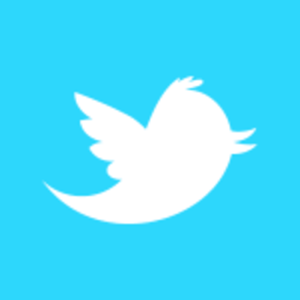Yesterday at the Consumer Electronics Show, All Things Digital’s Kara Swisher interviewed Twitter CEO Dick Costolo and discussed the future of Twitter as a business, the company’s plans for the future, and how it plans on growing in the mainstream.

After explaining why a company like Twitter would be at a gadget show, Costolo got down to discussing the basics of the company business plan and the year ahead.
According to Costolo, Twitter has grown quickly recently, with 100 people joining the company in Q4. While the company recently raised $200 million in funding, Swisher wondered what Costolo saw as the company’s future – would it sell or would it go public? Neither, said Costolo.
ReadWriteWeb’s CES Coverage:
- The Group Messaging App That Saved My Butt at CES
- Who Came Out On Top At CES?
- CES 2011: Will Twitter Sell or IPO? CEO Dick Costolo Says “Neither”
- A Valediction: Forbidding Keynotes
- CES 2011: Verizon Says It Can Handle the Data
- CES 2011: RealNetworks Steps Past Apple & Google to Offer Cloud-Based Music
- Steve Ballmer Kicks Off CES 2011 [Updated]
- CES 2011: Mobile DTV Coming to an iPhone, iPad Near You
“My sincere hope is for Twitter to be a successful independent company,” said Costolo. “We’ve accomplished 1% of what we set out to do.”
When asked about a recent article that made Twitter sound like it had no vision, Costolo had a simple explanation.
“Our business plan is very simple. We’re a technology company, certainly, but our business model is an advertising-based model. The way we’re taking our ads to market is content that are also ads,” explained Costolo. “It’s a big enough business for us to become an independent company.”
Costolo continued on the topic of advertising later in the discussion, explaining that the “content that are also ads” was key to Twitter’s plan.
“The cool thing about Promoted Tweets, Promoted Accounts and Promoted Trends is that advertising used to be a bull horn. The guy with the loudest bull horn won,” he explained. “The beauty about Promoted Tweets being organic is that it’s almost a quality assurance policy. A brand’s not going to tweet out a spammy ad.”
Another part of Twitter’s plan in spreading it’s organically-created advertising content, said Costolo, was to “have a platform in which all the verbs come with it,” meaning providing the ability to embed Tweets in ways where users could directly interact with them on other sites, including replying, retweeting, following the sender, and so on.
What do you think – will 2011 be the year that Twitter stands on it’s own two feet? Was the latest $200 million investment the last, or the company need continued investments to continue on into 2012 and beyond?
















